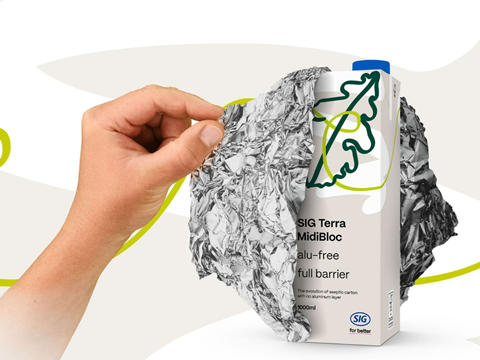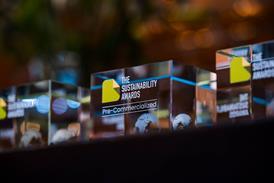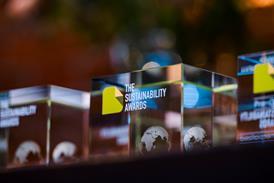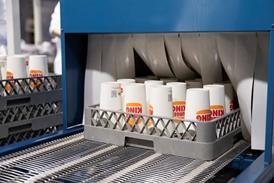
SIG has announced the commercial launch of its SIG Terra Alu-free + Full barrier for multi-serve aseptic cartons, said to be aluminum-layer-free and ready to be provided at scale to customers worldwide.
The new packaging structure reportedly cuts the carbon footprint of SIG’s standard aseptic cartons by up to 61% when combined with forest-based polymers via a certified mass balance system. Made of more than 80% paper, SIG says the material simplifies the packaging structure to two main raw materials that can be linked to renewable sources.
The packaging material offers the same full barrier protection as standard aseptic cartons and the same shelf life of up to 12 months. It can seamlessly run on existing SIG carton filling lines with full performance including speeds of up to 24,000 packs per hour on SIG filling lines for small-size cartons and up to 15,000 packs per hour on filling lines for multi-serve cartons with ‘minor, low-cost’ adaptations.
With SIG Terra Alu-free + Full barrier, SIG has expanded its alu layer-free options for wider use with oxygen-sensitive products such as fruit juices, nectars, flavoured milk and plant-based beverages. SIG aims to gradually roll out the new solution to all flagship aseptic carton formats in both small-size and multi-serve, suitable for all beverage and dairy categories.
The company announced the opening of its first production plant for aseptic carton packs in India in February. SIG states the new plant in the state of Gujarat has an initial annual production capacity of up to 4 billion aseptic carton packs, creating more than 300 local jobs.
In related news, Nissha Metallizing Solutions (NMS) and Tetra Pak collaborated to create an aseptic beverage carton with a paper-based barrier, featuring paper from FSC-certified sources. The barrier is expected to have downstream benefits where cartons with a higher fibre yield are likely to become more attractive to paper mills.
If you liked this story, you might also enjoy:
The ultimate guide to the Packaging and Packaging Waste Regulation in 2025
How are the top brands progressing on packaging sustainability?
Everything you need to know about global packaging sustainability regulation in 2025
The key to increasing the use of reusable packaging in supermarkets




















No comments yet